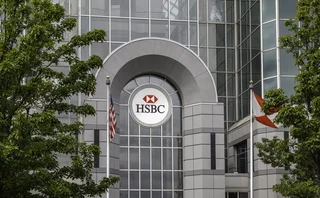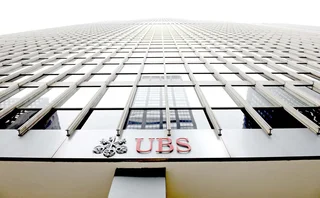

Wells Fargo’s standardised and modelled RWAs drift apart
Standardised RWAs have increased for three consecutive quarters, putting pressure on the bank’s CET1 capital ratio
Estimates of Wells Fargo’s riskiness as gauged using the regulator-set approach and the bank’s own models moved in opposite directions in the last quarter of 2021.
Total risk-weighted assets (RWAs) assessed under the standardised approach rose $19 billion quarter on quarter to $1.24 trillion, but fell almost $22 billion under the advanced approach to $1.12 trillion.
!function(e,i,n,s){var t=Only users who have a paid subscription or are part of a corporate subscription are able to print or copy content.
To access these options, along with all other subscription benefits, please contact info@risk.net or view our subscription options here: http://subscriptions.risk.net/subscribe
You are currently unable to print this content. Please contact info@risk.net to find out more.
You are currently unable to copy this content. Please contact info@risk.net to find out more.
Copyright Infopro Digital Limited. All rights reserved.
As outlined in our terms and conditions, https://www.infopro-digital.com/terms-and-conditions/subscriptions/ (point 2.4), printing is limited to a single copy.
If you would like to purchase additional rights please email info@risk.net
Copyright Infopro Digital Limited. All rights reserved.
You may share this content using our article tools. As outlined in our terms and conditions, https://www.infopro-digital.com/terms-and-conditions/subscriptions/ (clause 2.4), an Authorised User may only make one copy of the materials for their own personal use. You must also comply with the restrictions in clause 2.5.
If you would like to purchase additional rights please email info@risk.net
More on Risk Quantum
Six FCMs set record lows for target residual interest share
Brokers’ own resources are outpaced by customer funds
One in 10 property loans at EU banks threatened by climate hazards
Helaba remains the most exposed among peers, with both residential and commercial books linked heavily to climate risks
BoE lowers capital benchmark for first time in a decade
Drop to 13% envisages 0.5pp decline in Pillar 2 add-ons after Basel III
Chinese banks narrow gap to US on systemic risk
Smallest ever distance between two countries in FSB assessment after China surges 160bp
HSBC North America posted most loss-making days in Q3
The foreign IHC traded in the red 43 out of 64 days, the highest among 32 banks analysed
UBS halved Level 3 assets in 2024
Mark-to-model assets had swelled after the Credit Suisse takeover
Barclays Capital F&O funds jump past $20bn, narrowing gap with Citi
Customer and total funds rose in early November as most FCMs reported declines
Equity VAR hovering near four-year high at US banks
Gauges of stock market risk rise 36% in just one year








